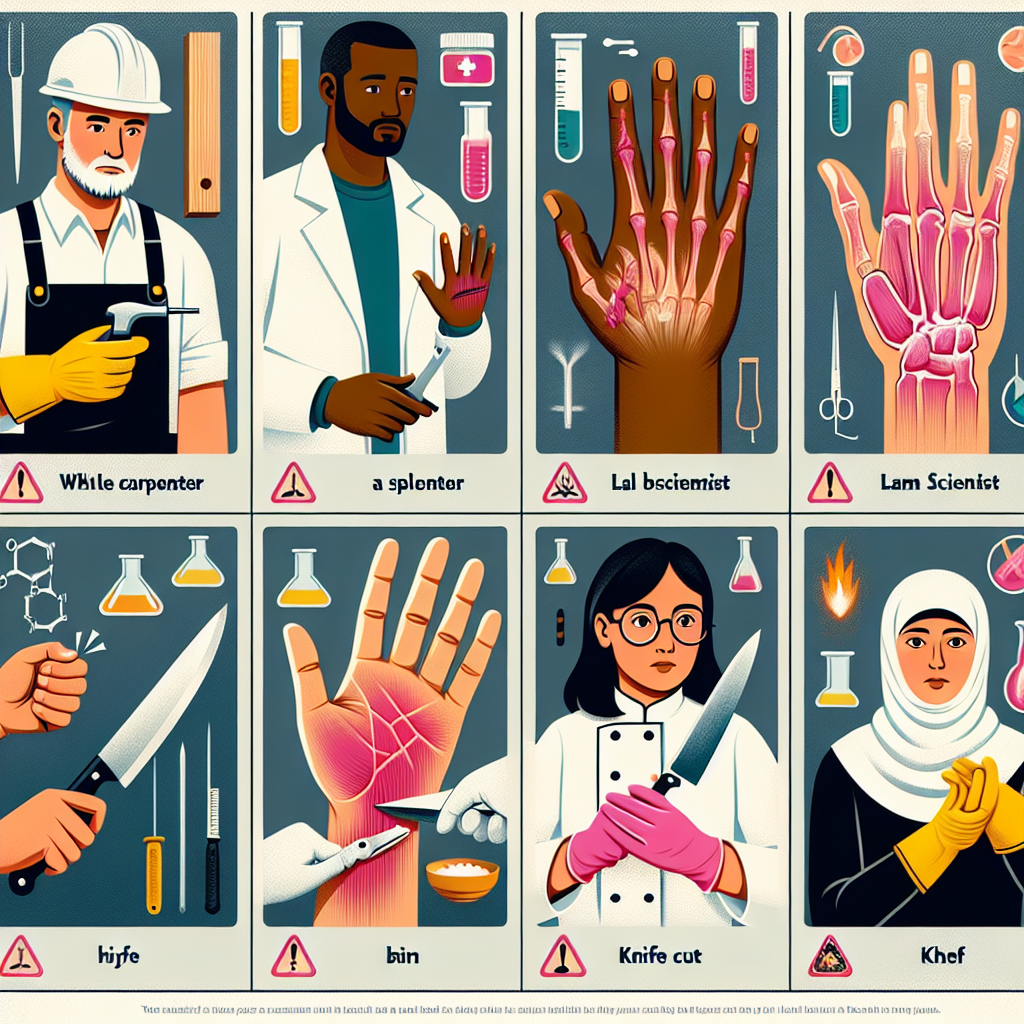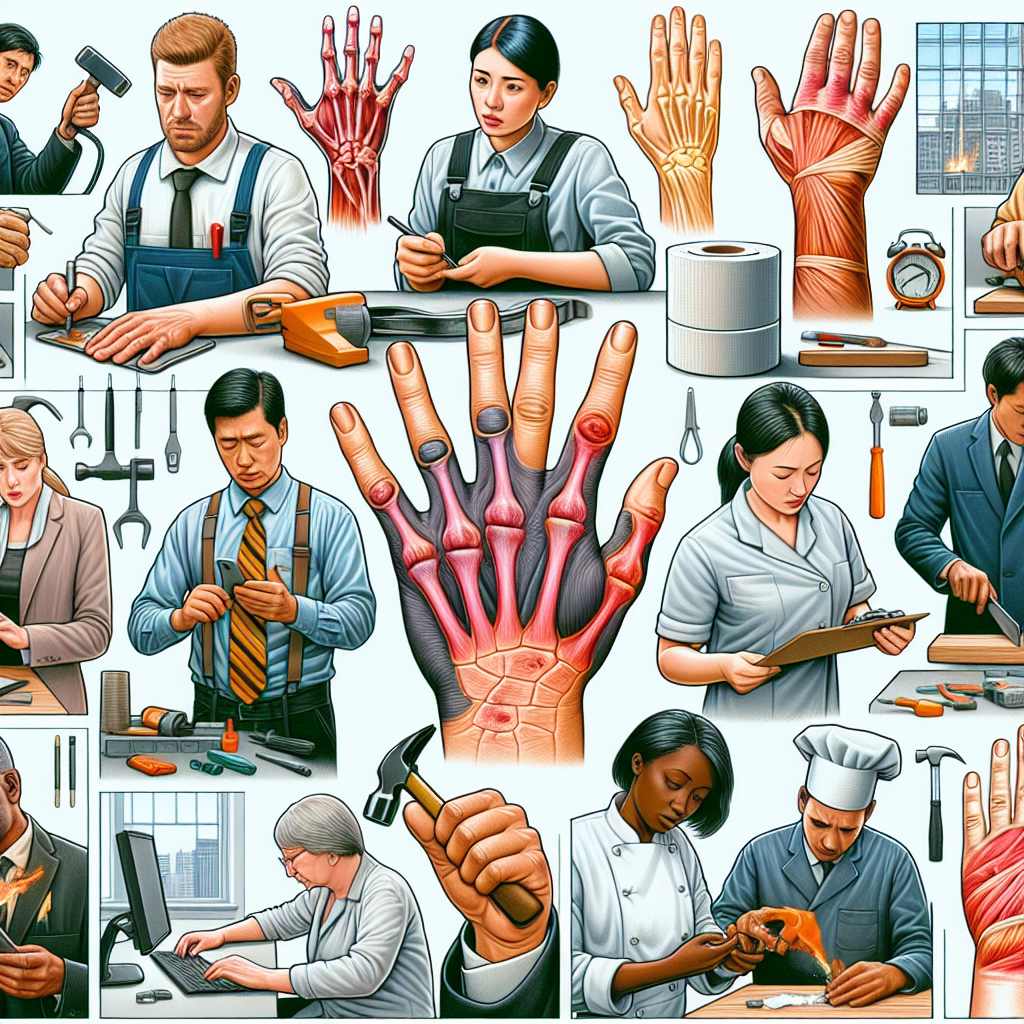Hand and Finger Injuries in the Workplace: A Comprehensive Guide

Hand and finger injuries are a common occurrence in the workplace, affecting workers across various industries. These injuries can range from minor cuts and bruises to severe fractures and amputations, causing pain, disability, and financial loss for both employees and employers. Understanding the causes, prevention strategies, and legal implications of hand and finger injuries is crucial for creating a safe and productive work environment.
The Causes of Hand and Finger Injuries
Hand and finger injuries can result from a variety of workplace hazards. Some common causes include:
- Machine accidents: Workers who operate heavy machinery or equipment are at a higher risk of hand and finger injuries. Accidents involving unguarded machinery, improper training, or lack of safety protocols can lead to severe injuries.
- Falls and slips: In workplaces where floors are wet or cluttered, employees are more likely to slip and injure their hands or fingers while trying to break their fall.
- Sharp objects: Working with sharp tools, such as knives, scissors, or needles, increases the risk of cuts and puncture wounds.
- Repetitive motion: Jobs that require repetitive hand movements, such as assembly line work or typing, can lead to conditions like carpal tunnel syndrome or tendonitis.
Prevention Strategies
Employers have a responsibility to implement effective safety measures to prevent hand and finger injuries. Some key prevention strategies include:
- Providing proper training: Employers should ensure that all workers receive comprehensive training on how to safely operate machinery, handle tools, and perform their tasks without putting their hands at risk.
- Using protective equipment: Employers should provide workers with appropriate personal protective equipment (PPE), such as gloves, to minimize the risk of hand and finger injuries.
- Maintaining a clean and organized workplace: Regularly cleaning and organizing the workplace can help prevent slips, falls, and other accidents that can lead to hand and finger injuries.
- Implementing ergonomic practices: Employers should promote ergonomic practices, such as providing adjustable workstations and encouraging regular breaks, to reduce the risk of repetitive motion injuries.
Legal Implications
Hand and finger injuries can have significant legal implications for both employees and employers. In many jurisdictions, employers are legally obligated to provide a safe working environment and can be held liable for any injuries that occur due to their negligence. Employees who suffer hand and finger injuries may be entitled to compensation for medical expenses, lost wages, and pain and suffering.
Conclusion
Hand and finger injuries in the workplace are a serious concern that can have devastating consequences for workers and businesses alike. By understanding the causes of these injuries and implementing effective prevention strategies, employers can create a safer work environment and reduce the risk of accidents. Additionally, being aware of the legal implications can help both employees and employers navigate the aftermath of hand and finger injuries. Prioritizing safety and taking proactive measures is essential for protecting the well-being of workers and ensuring a productive and thriving workplace.







